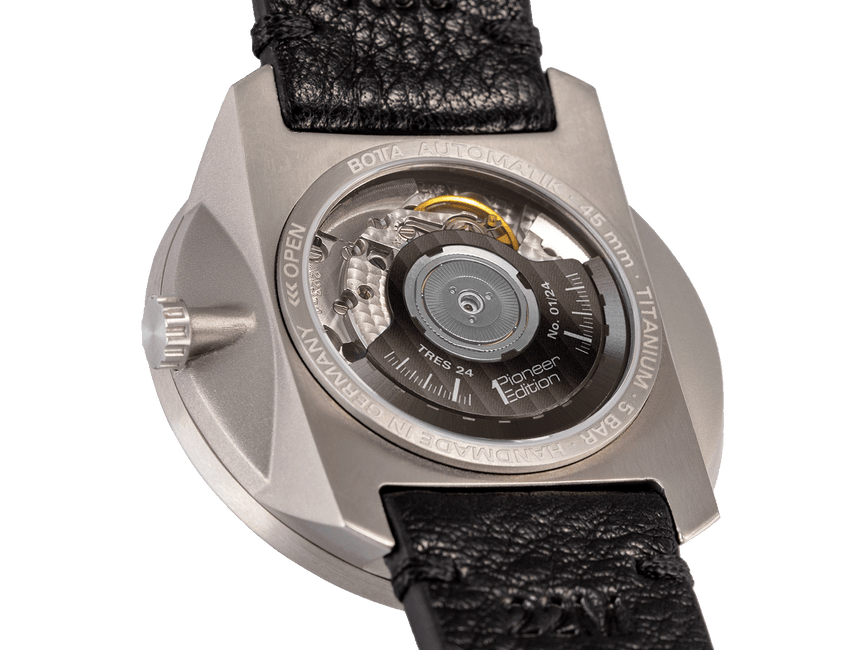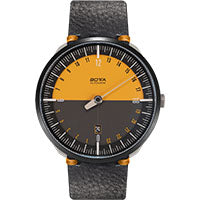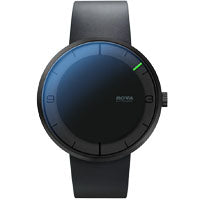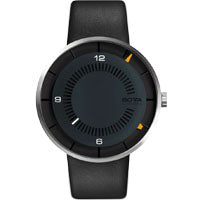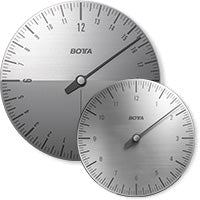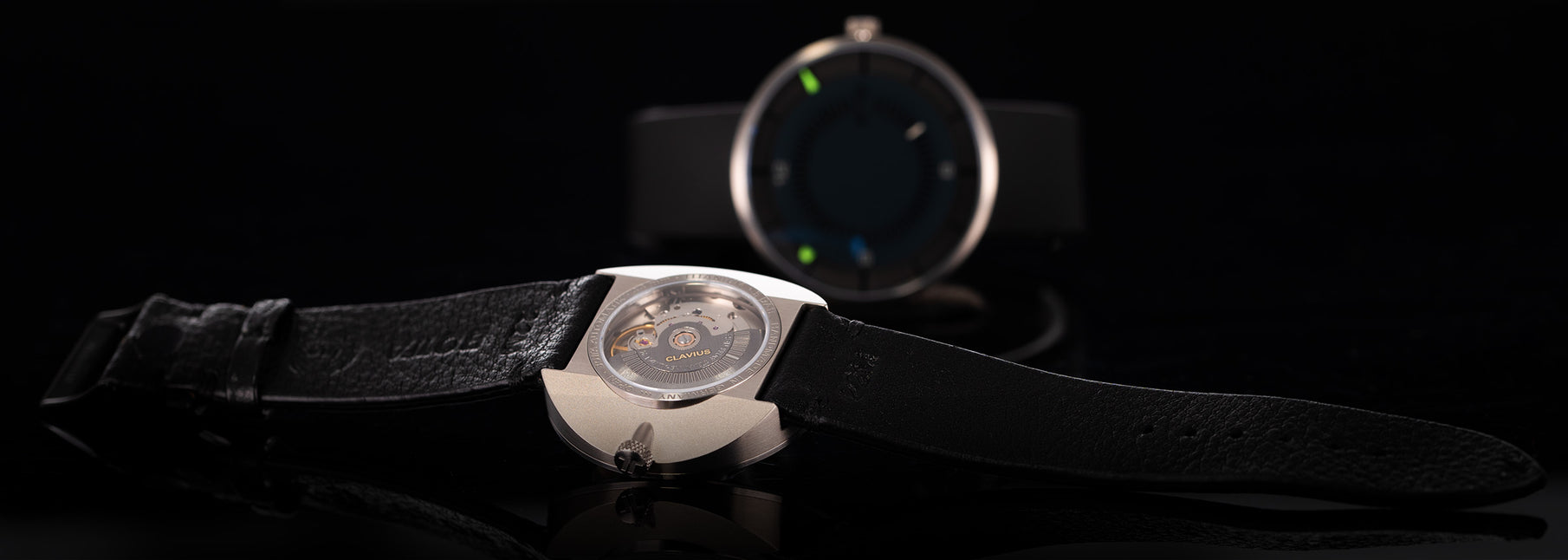Titanium watches by BOTTA
Titanium, the miracle material for wristwatches?
“Titanium is an extraterrestrial material that only occurs in asteroids”
“Titanium is a synthetic miracle material with superpowers"
"Titan is indestructible"
These and similar myths surround a material that has only recently been used Time is known and technology has changed significantly in the past decades. Of course, all three theories listed above are exaggerated, but there is some truth in each of these three bold claims. In this clearly and understandably written article, I will give you an overview of the real background and capabilities of this special metal. Reading it certainly won't make you a material expert, but it will give you interesting facts and a sound basic knowledge of the many facets that titanium and tri-titanium have to offer. You will also learn a lot about the advantages of titanium watches vs. stainless steel watches.
Titanium, the miracle material for wristwatches?
“Titanium is an extraterrestrial material that only occurs in asteroids”
“Titanium is a synthetic miracle material with superpowers"
"Titan is indestructible"
These and similar myths surround a material that has only recently been used Time is known and technology has changed significantly in the past decades. Of course, all three theories listed above are exaggerated, but there is some truth in each of these three bold claims. In this clearly and understandably written article, I will give you an overview of the real background and capabilities of this special metal. Reading it certainly won't make you a material expert, but it will give you interesting facts and a sound basic knowledge of the many facets that titanium and tri-titanium have to offer. You will also learn a lot about the advantages of titanium watches vs. stainless steel watches.
Titanium - the miracle material?
What is titanium?
Is it actually the miracle metal with supernatural abilities, or just a particularly stable light metal?
Is titanium, with its special properties such as lightness, freedom from allergies, strength, corrosion resistance, magnet resistance and its typically elegant appearance, the perfect material for high-quality wristwatches with special demands?
What exactly is titanium?
Titanium is one of the approximately 100 chemical elements that we know. It has the atomic number 22 and belongs to the metal group. With a density of 4.5 g/cm3, it is the heaviest of all light metals. Titanium isn't all that rare on Earth, making up 5% of the Earth's crust. However, it almost never occurs in nature in its pure form, but almost always in combination with other elements. Titanium has only been available in a solid (pure) form for a few decades. In 1831, Justus von Liebig was the first to succeed in producing metallic titanium in the laboratory. It was only in the 1940s that William Justin Kroll succeeded in producing the light metal titanium industrially in large quantities using the process named after him. Due to the complex manufacturing process, titanium is still a very expensive special metal today, around ten times more expensive than steel. Titanium is also found in relatively high proportions in asteroids. There are already considerations for “asteroid mining”.
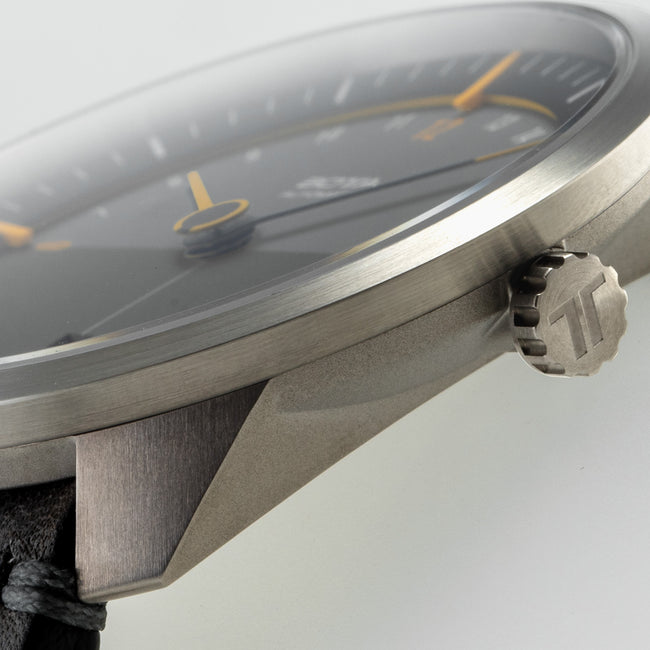
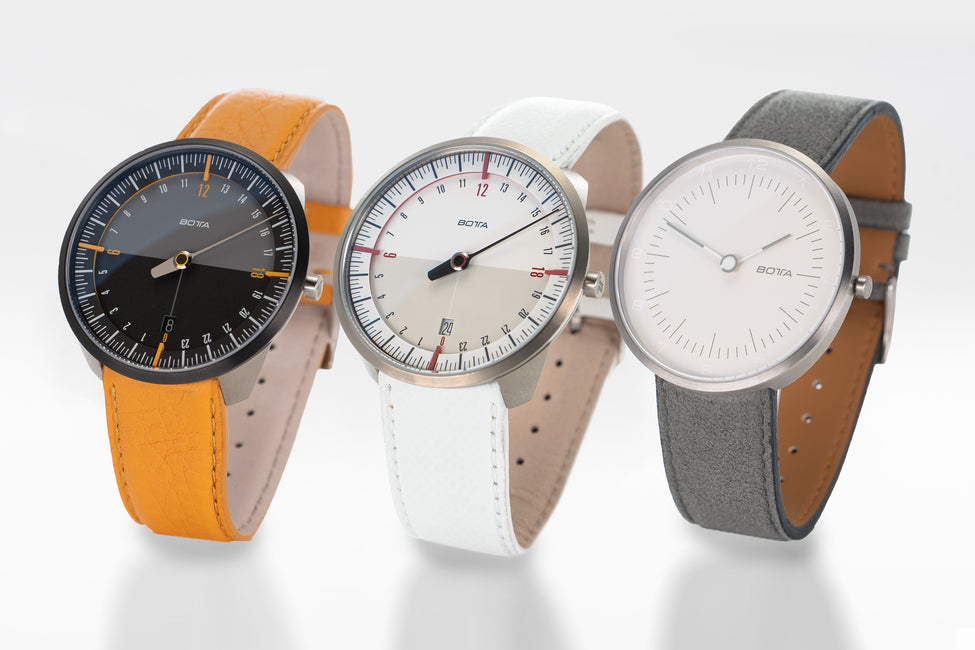
Titanium: First choice for men's watches, but also for women's wristwatches
Titanium can also, or perhaps even especially, exploit its unique properties particularly well in women's watches. Women are more likely than average to develop allergies and therefore benefit from the anti-allergic properties of the light metal. The lightness and flat design that this material enables can also be a decisive advantage for women, as it noticeably increases wearing comfort. Last but not least, the subtly elegant and unobtrusive appearance of titanium often makes this metal the first choice for design-conscious women who consciously want to stand out from the mainstream.
Titanium has exceptional strength and toughness
For the same weight, it is more resilient than steel. This property makes this light metal particularly interesting for special applications. It has many applications, especially in space travel, aircraft construction and medical technology. The extraordinary toughness and strength combined with its relatively low weight make titanium particularly attractive and valuable as a case material for wristwatches.
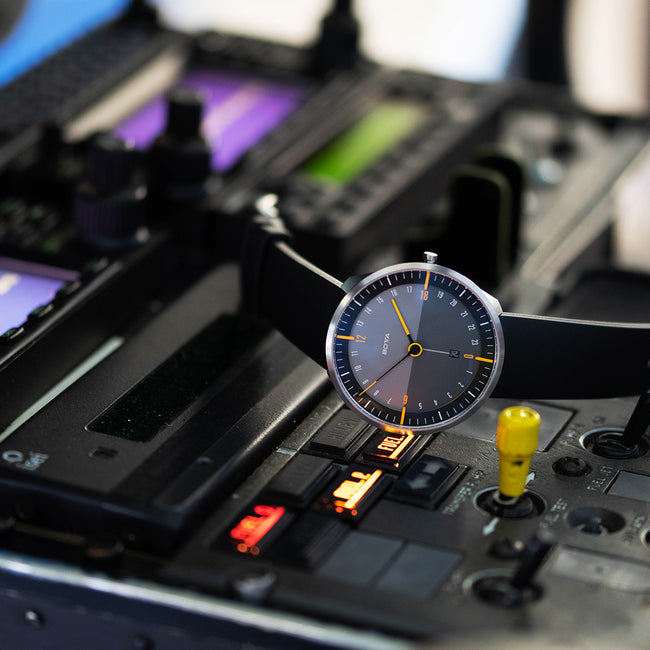
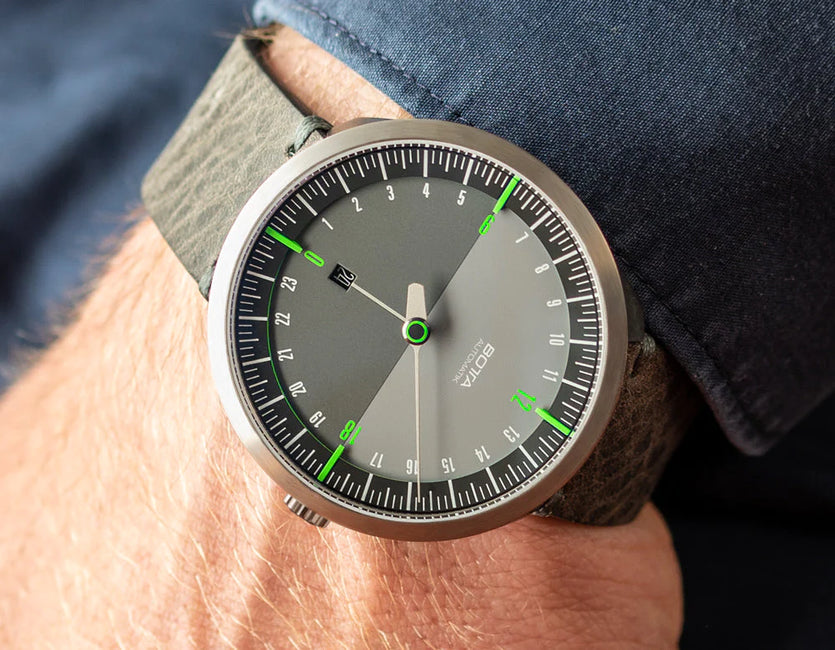
Titanium watches are corrosion-resistant and have “self-healing” properties.
The resistance of titanium watches to corrosion is essentially based on the formation of a very stable protective layer made of titanium oxide, which protects the material very effectively from external influences. Even if there is damage, a protective layer of titanium oxide forms very quickly and after a short time takes on the color and gloss of the surrounding material. In this context, one also speaks of the “self-healing ability of titanium”. Here too, the material can fully demonstrate its properties when used in titanium watch cases
Titanium is anti-magnetic
Titan ist anti-magnetisch
Titanium is not magnetizable and resists magnetic fields. This property makes it very interesting for the use of titanium wristwatches, among other things, because the magnetization of watch cases is a serious problem, especially with mechanical watches.
A problem that is unknown with titanium watches or titanium cases.
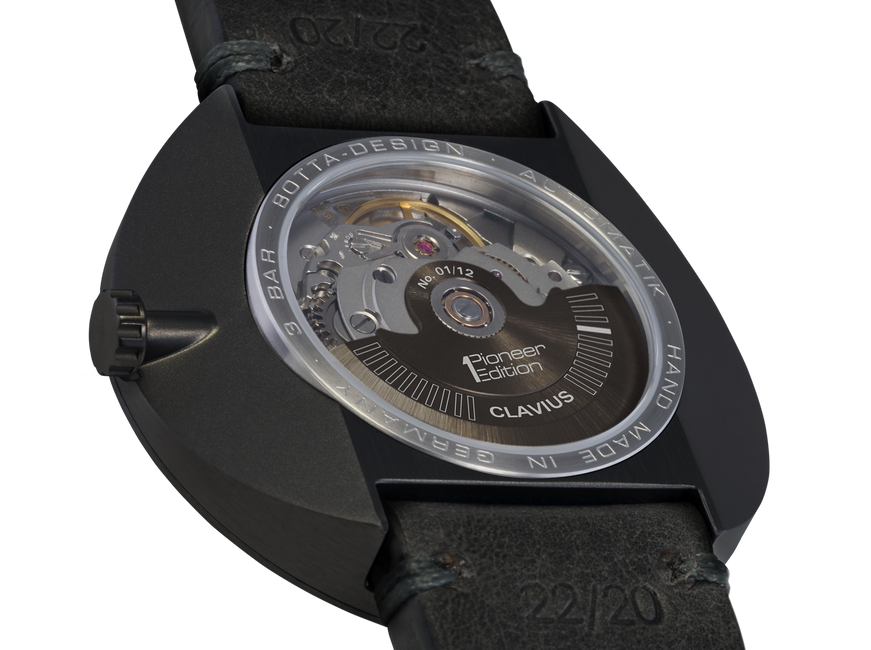
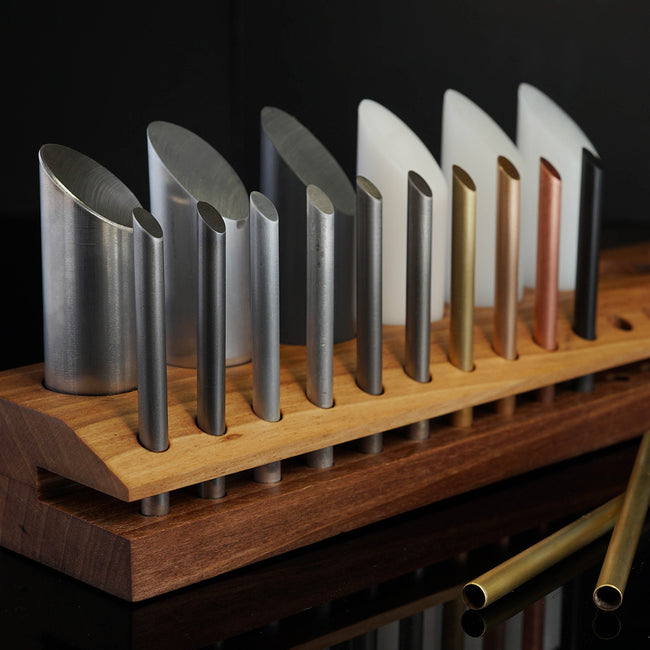
Titanium is light – but not too light
With a density of 4.5 g/cm3, titanium is around 42% lighter than stainless steel (density 7.8 g/cm3), but in turn significantly more stable and heavier than aluminum (density 2.7 g/m3). The weight advantage compared to steel is particularly noticeable in larger watches. Titanium watches are pleasantly light, but by no means too light.
Titanium is anti allergic
Titanium is one of the few substances that cannot cause any allergies. This special property often makes titanium the only metal that allergy sufferers can wear directly on (or in) their bodies. But it can also be used as a precaution against other materials to avoid allergies. Together with its other properties such as low weight, anti-magnetic properties, good wear resistance and resilience, along with its elegant appearance make it a very attractive alternative in many areas of technology and aesthetics. This is how the best titanium watches can be produced with a long service life.

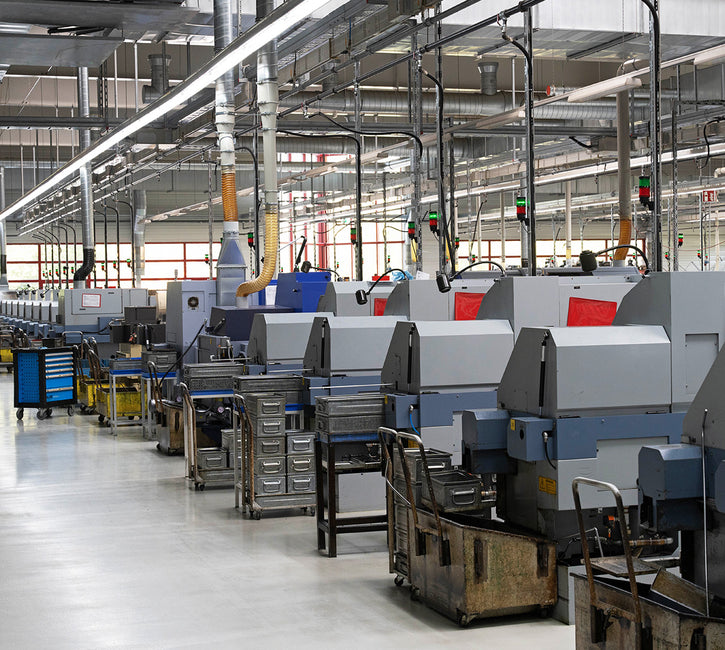
Titanium is difficult to machine
The processing of the refractory metal titanium places the highest demands on machines and tools when producing titanium wristwatches. Due to its structural structure, it is very difficult to shape (bending, pressing, forging), but also difficult to machine (turning, drilling, milling, punching). Titanium requires special carbide inserts for exciting processing. The processing of titanium is further complicated by the fact that it can ignite or even explode when very high temperatures are reached during the processing process. Titanium can also “burn” in a pure nitrogen atmosphere, producing extremely high temperatures. “Superpowers and supernatural abilities” are not entirely out of thin air. But don't worry: once shaped, titanium is an extremely tame and tolerable material with great properties.
Titanium is expensive.
Especially due to its complex production, titanium is very expensive to extremely expensive, depending on its alloy. Regular grade 5 titanium, for example, is about ten times more expensive than steel. High-alloy titanium types, such as those we use for our titanium watches, cost many times more than low-alloy titanium types or pure titanium.

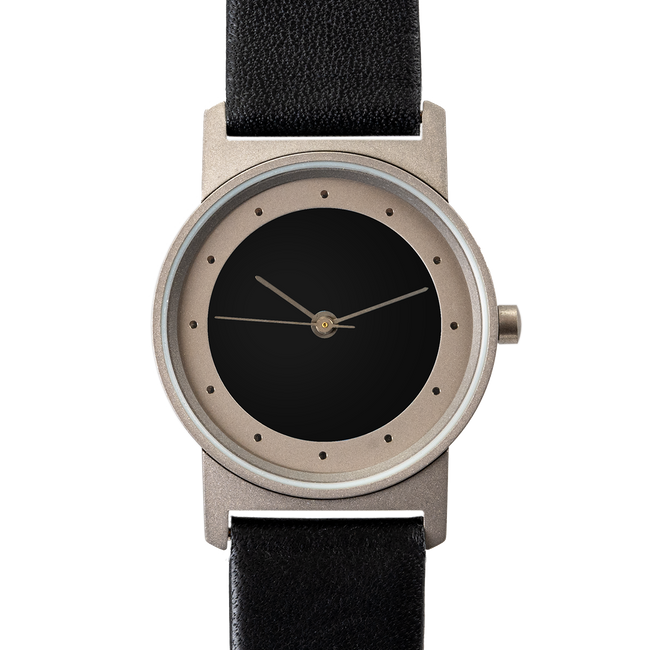
For a long time, titanium was unthinkable for a use in watch cases
Until the 1980s, titanium was considered unsuitable for use in watch cases. It was only through the use of complex processes and special tools that Omega was able to bring a titanium watch onto the market for the first time with the Seamaster at the end of the 80s. Shortly afterward, in the early 1990s, the BOTTA brand brought the brand's first all-titanium watch onto the market: the Titan-1 (see picture). The Titan-1 was sold very successfully through the WatchPeople and BOTTA brands for over two decades. Many successor models such as the Helios, the Argos, the Clavius-1 and the one-hand watch Solus were also made of titanium. Wider use followed in the 2000s. The 24-hour models in particular were quickly converted to titanium cases, and later to tri-titanium cases. Since then, Tri-Titan has been the preferred material for BOTTA watches. The only one for our watch cases since October 2023.
What is "Tri-Titanium"?
Our “Tri-Titanium” watch cases use three different types of titanium. Hence, the name “Tri-Titanium.” We use a particularly hard and tough special alloy based on titanium for the top ring of our Tri-Titanium case. This ensures high resistance in this exposed area. A particularly tough and dimensionally stable titanium alloy is used for the middle area of our tri-titanium case. It gives the housing good stability and prevents torsion and wear (e.g. in the drill holes in the spring bars). The back or the back ring of our tri-titanium watches is made from a very pure titanium, which is otherwise mainly used in medical technology. It is suitable for prostheses in and on the body as well as for implants of all kinds. Although our watch designs made of tri-titanium are complex and expensive to produce, However, they have convincing advantages when used as watch cases. This is the reason why, from October 2023, we will be making the casing of all our watches out of Tri-Titanium. For the benefit of our customers.
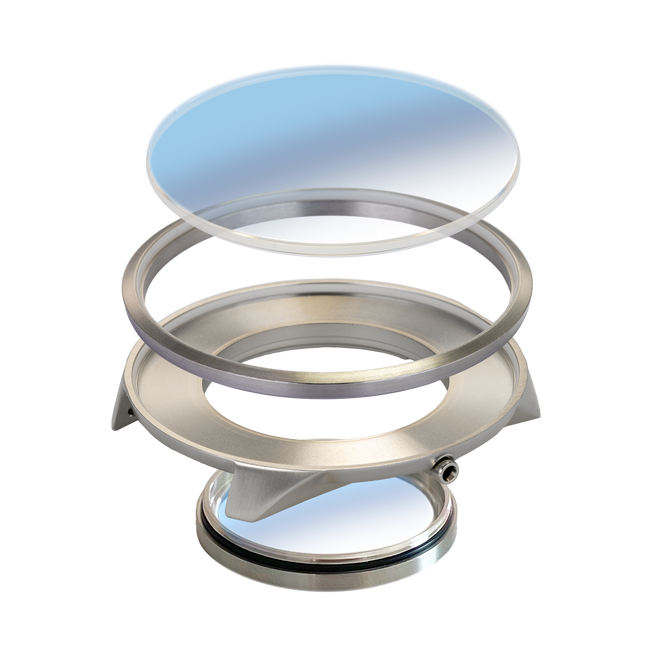
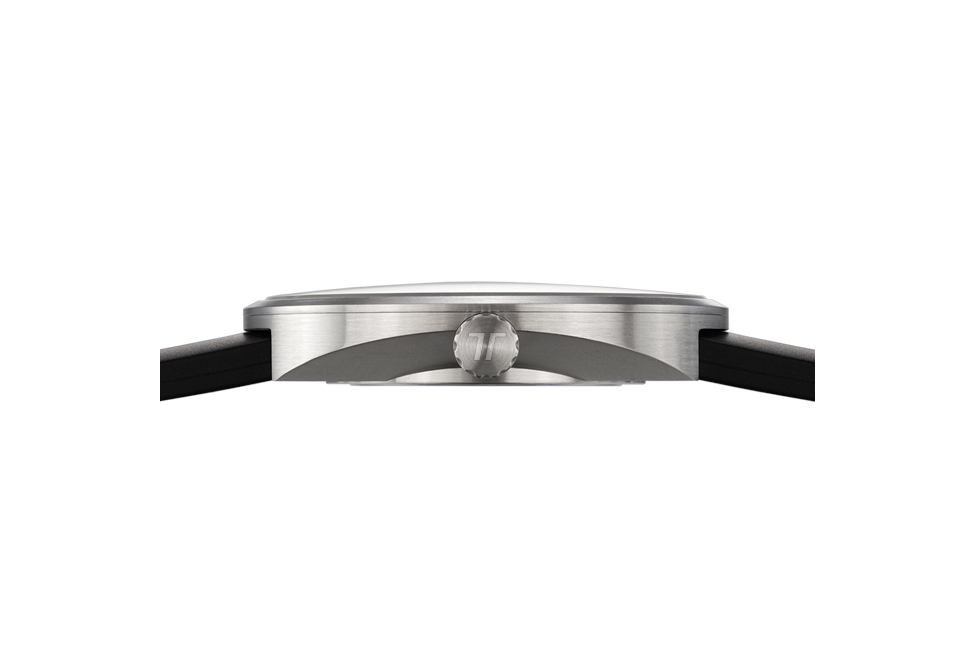
Titanium makes it possible to produce thin, lightweight wristwatches
Thanks to its relatively low specific weight and high strength, this high-tech material makes it possible to produce flat, light but at the same time stable watch cases. Here it is clearly superior to other materials. Examples: Aluminum and magnesium are even lighter than titanium, but are significantly less stable and less resilient. Stainless steel, on the other hand, is similarly resilient, but significantly heavier. Ceramic is significantly more scratch-resistant and as light as titanium, but is significantly more susceptible to breakage. In my opinion, titanium cases and especially tri-titanium cases provide the best combination of all the properties that play a role in the construction of high-quality wristwatches.
Titanium looks good
Precious lightweight titanium alloy is not only good looking, but certainly also brings a lot of great mechanical characteristics to the table. This special metal usually does not “shine”, but rather shimmers with a noble silky sheen. Titanium wristwatches have a technical, high-quality and understated appearance. Titanium is therefore an ideal material for watches and, in combination with sapphire crystal, offers high functionality, durability and first-class design.
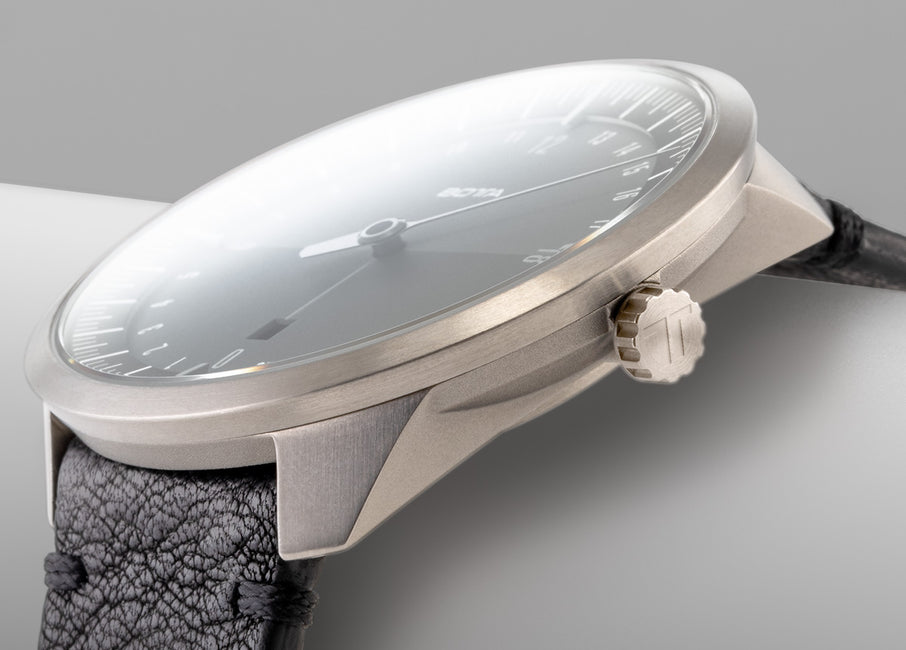
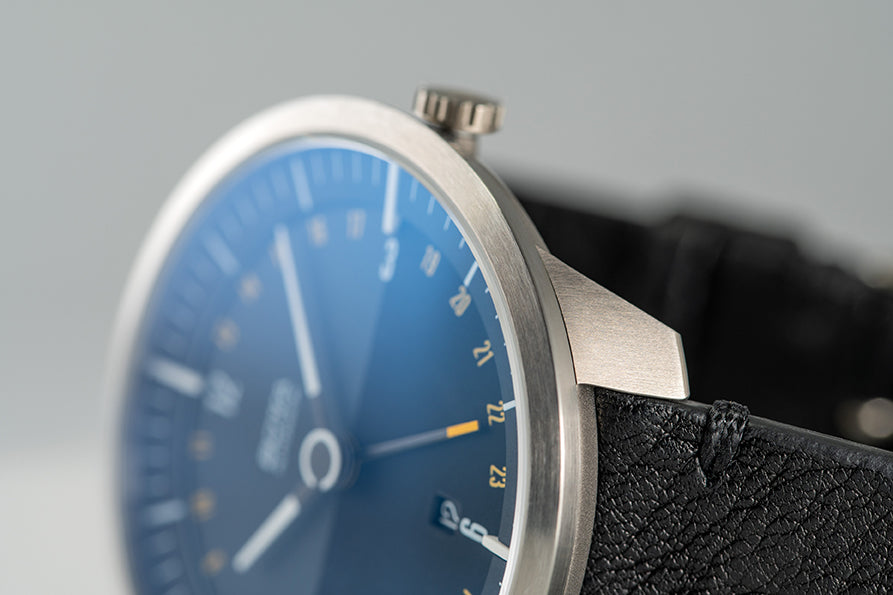
So is titanium really a miracle material?
One is almost inclined to answer this question in the affirmative, when one evaluates the multitude of outstanding properties. In any case, it is a material that scores highly in practically all quality criteria. However, the complex production, low availability, difficult processing and high to very high price prevent widespread use of this precious light metal. It will therefore continue to be a material for high-tech products and special applications.
We are proud of our “Tri-Titanium” case material
We are proud to now offer you all our wristwatches in titanium or, more precisely, even in Tri-Titanium. And as the wearer of such a watch, you have the good feeling of not only owning an exceptional watch, but also an extraordinary watch case made from exceptional materials.
